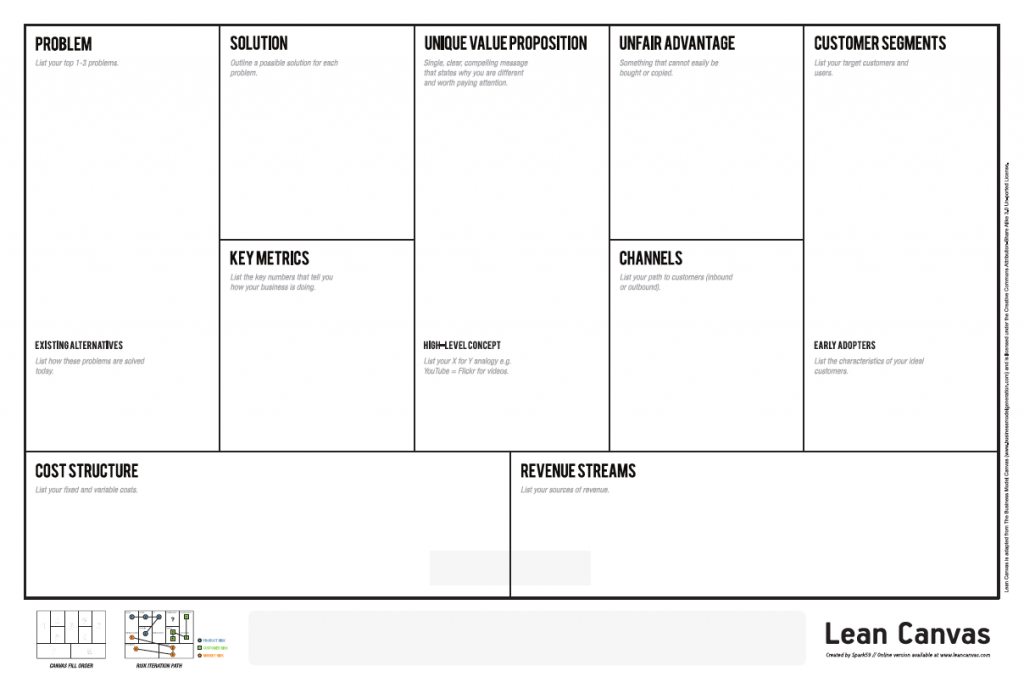Transparency is an easy word to say… “transparency” always sounds good in meetings or company retreats…
“We must be transparent, we do not have anything to hide….”
But….. as many things in the real world, being transparent is harder than saying it. Only a few companies achieve transparency, and always after a period of hard work.
However, I’m 100% sure that transparency increases happiness in companies, and, as you’ll see in this post, it is also a potent tool to achieve better results.
Let’s start from the beginning…
How to be a transparent business
If you want to build a transparent business, you first need transparent people.
The only way to have a transparent team is as a leader to intentionally manifest transparency as a principle, and encourage your team members to always be transparent.
When people in your organization are transparent, then the company is ready to follow the same path.
If you’re asking yourself how to de transparent… there are many ways.
Outside the doors:
● Be transparent about your failures and successes: blog about your business mistakes and successes.
● Be transparent on social media: share your history and day to day life.
● Be transparent about unsatisfied customers: don’t try to hide angry customers, deal with them in an open and transparent way.
● Be transparent about changes: be upfront about why you’re changing your business model, your prices, your products or anything else.
● …
Inside the doors:
● Communicate company strategy at all levels.
● Build consensus around the best approach for achieving company objectives.
● Improve communication at all levels.
● …
Transparency can make a deep impact on any business. But its main benefit is that it helps you, your clients and your team be happier, and do best business.
Why should my business be transparent
Your business should be transparent simply because, as a society, we like transparent people and transparent companies.
We are not talking about a new cool tactic. We are talking about a common sense strategy: being a real person building a real company.
Transparency is now the queen, privacy belongs to the past….
People trust companies that are transparent
The best way to build trust is to be transparent as a person and also as a company. If you disclose information, share everything and open your doors, it’s because you have nothing to hide.
If you have nothing to hide, you’ll be trusted anywhere. Transparency engenders trust in your customers, employees and suppliers.
Transparent companies achieve better results
Transparency leads to deeper relationships between all the agents involved (employees, suppliers, customers …). And that’s the way to also achieve better results. As you’ll see in the example below.
Example
There are multiple examples of “outside” transparency, see Buffer’s transparency dashboard for an example.
Finding “inside” transparency examples is not always as easy. Let’s see one:
Transparency must start at the top of the company and be extended through the hierarchy. Albert Armengol, the Doctoralia CEO, knows this to be the case and that’s the reason why he implemented Hoshin planning about a year ago in his company.
Now, with Hoshin planning, all the team members have the information at their fingertips. Strategy is open, Doctoralia is transparent and anyone on Doctoralia’s team is able to answer:
• What are the goals of the company?
• What are you doing right now to help in achieving them?
Thanks to transparency, Doctoralia achieved better results than ever and was acquired some months ago by DocPlanner.
You can read the full story about Hoshin planning implementation on Doctoralia here: “Doctoralia and Hoshinplan”.
Conclusion
When companies are transparent with employees, providers and customers… they are able to build trust and improve their internal processes.
As a result, employee happiness and customer satisfaction increases and that leads to better results.
So let’s do it, let’s be the happiest we can be with transparency.
P.s. If you liked this post, then two things come next:
1) Leave a comment and tell me about your experience. We love comments!
2) Tell a friend, your Twitter followers or your Facebook network about this blog 🙂











